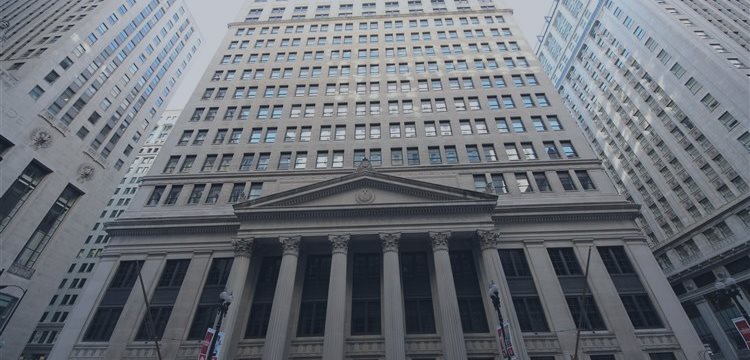The Federal Reserve has clearly signaled it is approaching to moving short-term rates above zero, though any moves will be "data dependent". At the same time, while there is a high likelihood that 2015 ends with the short-term Fed funds rate somewhere between 50bps and 1%, it does not follow that global rates will be significantly higher.
Former Fed chairman Alan Greenspan remarked almost a decade ago in congressional testimony about the “conundrum” of global interest rates declining even as the Fed was raising short-term rates. Indeed, the trajectory of interest rates over the past 30 years has been progressively downward. Therefore, the assumption that with Fed policy changing, all interest rates will then rise, should be challenged. That may happen, but by no means should we assume that it will. Even if the Fed tightens, there is ample global liquidity, especially with Abenomics continuing in Japan, moves by Mario Draghi and the European Central Bank, and China increasing lending on the mandate of the central government.
We are left with the same low-yield and low-return
environment that has characterized markets for years, in case yields do not go up appreciably. Indeed, since 2009 U.S. equities
have been anything but low-returning, with the S&P500 up
more than 200% since March 2009 lows. But that is more a function of
the bounce-back after the financial crisis. Measuring bull and bear
markets is often a function not of actual returns but of what date you
pick.
U.S. equities have been a “bull” market since March 2009, but the picture since the beginning of the 21st century is rather different and more in line with the low-return paradigm we are now in. Actually, since March 2000, the Nasdaq is still negative, while the S&P500 with returns of about 30% is barely in line with inflation, which means that in real terms, it has yielded nothing.
Thus, generally, we have been in the midst of a long resetting of yields and equity returns. It has taken just as long for investor expectations to reset, and for many, the assumptions remain too high. Returns at 7% per year—what many consider the long-term average for equities or for pensions - would be lovely, but unlikely.
Something positive for 2015
Lower energy and commodity prices could help consumer wallets and corporate margins as those input costs go down. A stable U.S. economy and continued (albeit not all that impressive) global growth are also positive. At the same time, nothing precludes the unexpected, such as the sharp drop in oil prices. The only defense of portfolios against the negative effects of that drop was not to be so overinvested in areas sensitive to oil price declines.
In respect of equities, fundamentals remain very strong for many companies; stronger than the fundamentals of any national economy. That, more than central bank liquidity, has been bolstering stock prices and should continue to. The most overlooked fact in equity investing is that unless you only short stocks, you invest in equities with the expectation that stock prices will rise. If companies are profiting and margins remain decent, stock prices do tend to rise absent some other disturbance in the financial world. All things being equal, 2015 looks to continue that trend. It might be more dramatic to forecast a down year for U.S. stocks, but for the moment, there is no reason to.
As for whether the long underperformance of international and emerging markets will end, the continued emergence of a global middle class is a powerful multi-year trend. To date, the best reflection of that has been on the balance sheets of U.S.-listed multinational companies and not in the equity indices of foreign countries. But the valuation gap is large as is the performance gap, and it is reasonable to forecast that gap narrowing and emerging and international markets having at least a small surge.
Finally, even as return and yield assumptions have gone down and should continue to, this has been a strong multi-year period for capital and investing when juxtaposed to wages and national economic growth as measured by GDP. Mid-single digit returns may feel only OK relative to memories of boom years past, but compared to almost no inflation and minimal wage growth those returns can be seen differently and more constructively. The world at large will continue to oscillate between hope and fear and muddle from crisis to crisis. The financial world for now, along with investing, has been less dramatic and more stable. A crisis is always possible, but there is such a thing as planning too much for a crisis that doesn’t happen at the expense of real opportunities that present themselves. Something to think about in the year ahead.
Foto: The Federal Reserve Bank of Chicago. Source: Wikipedia



